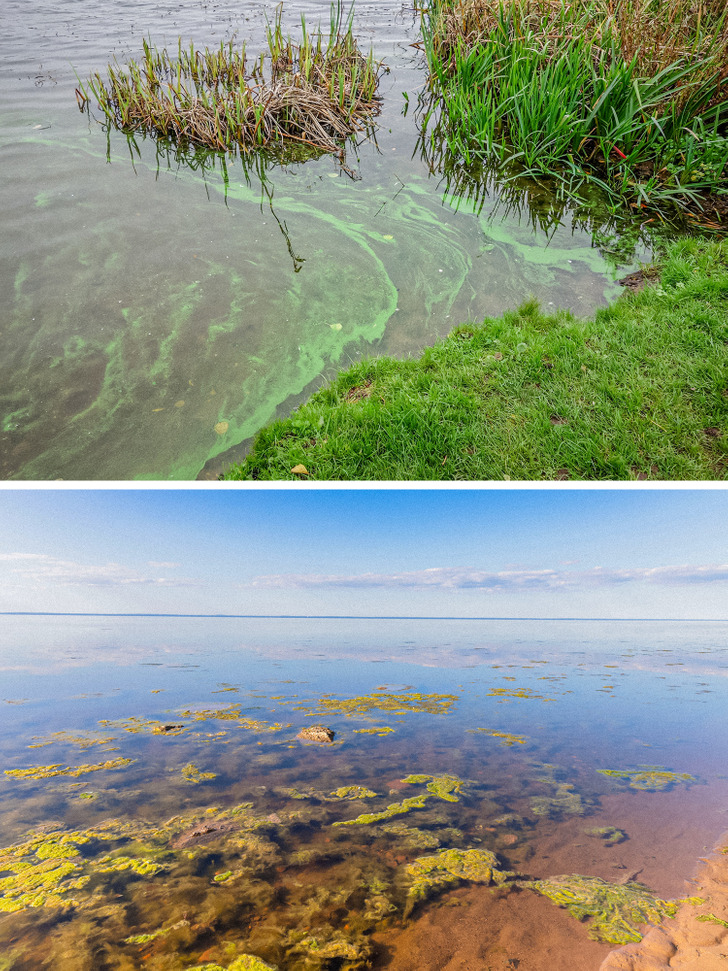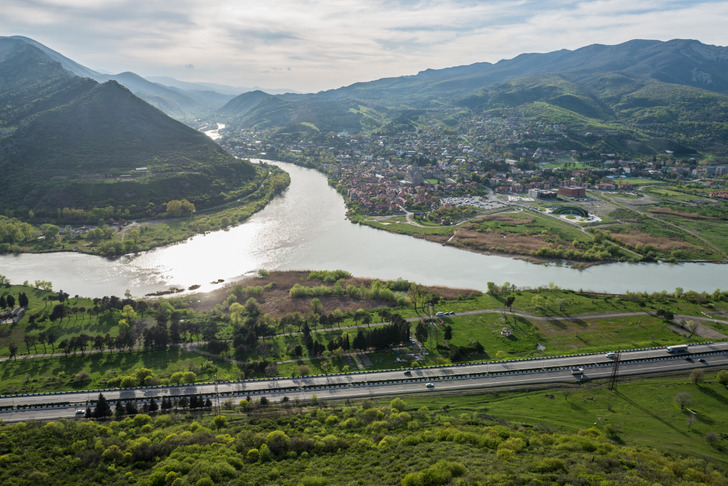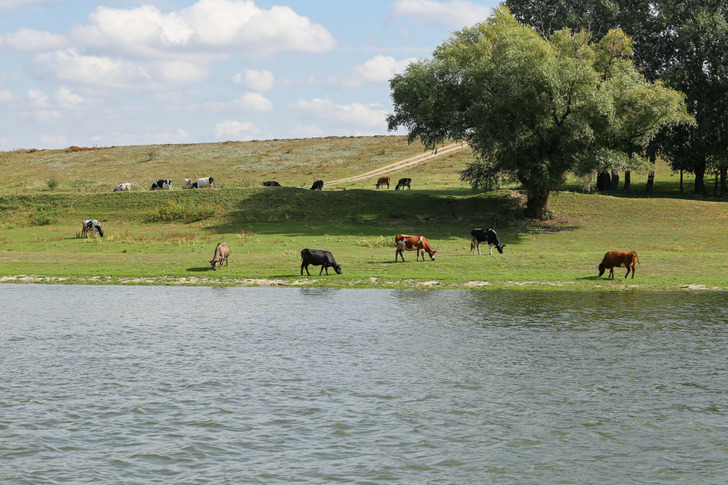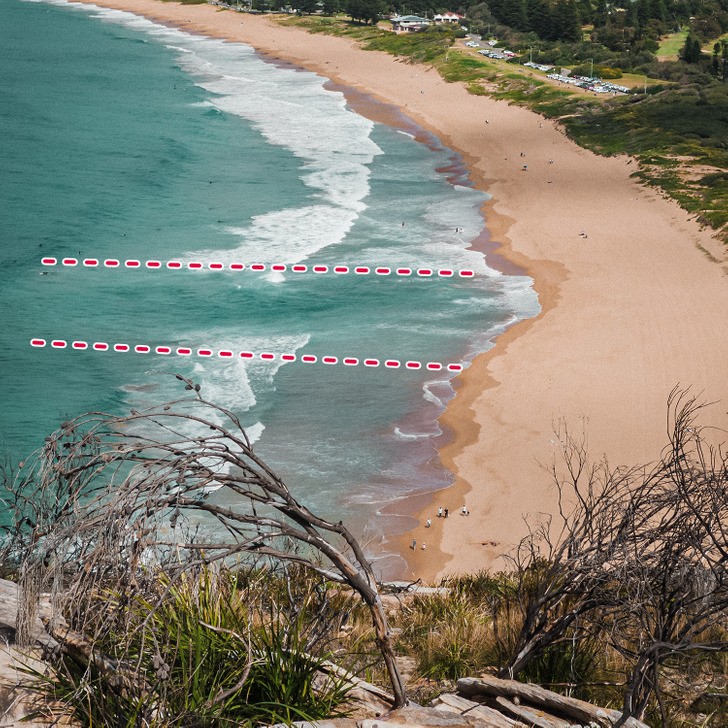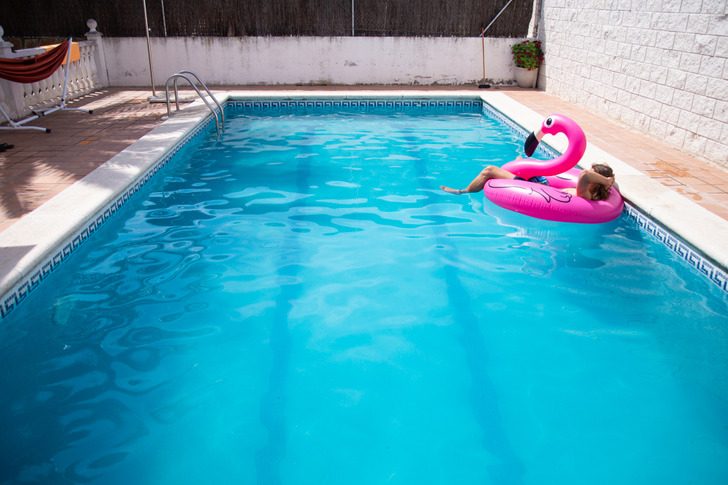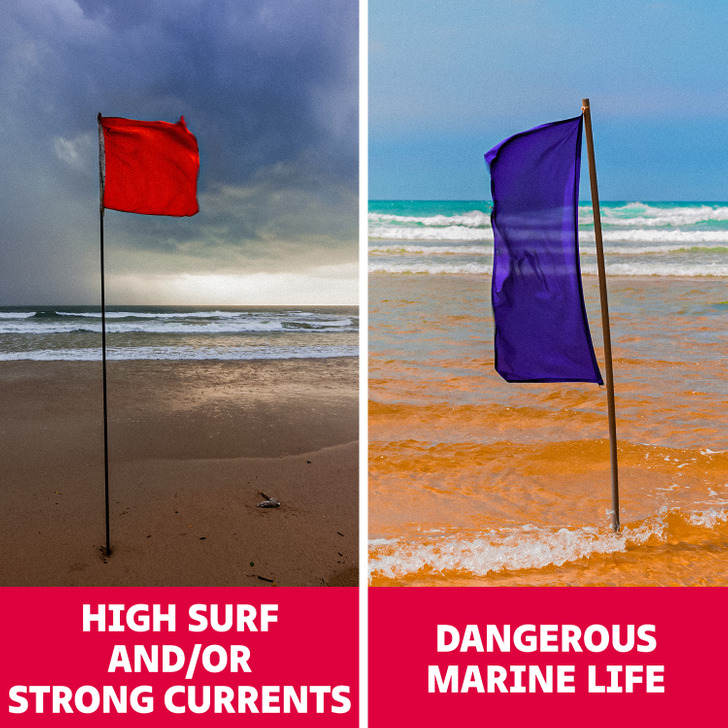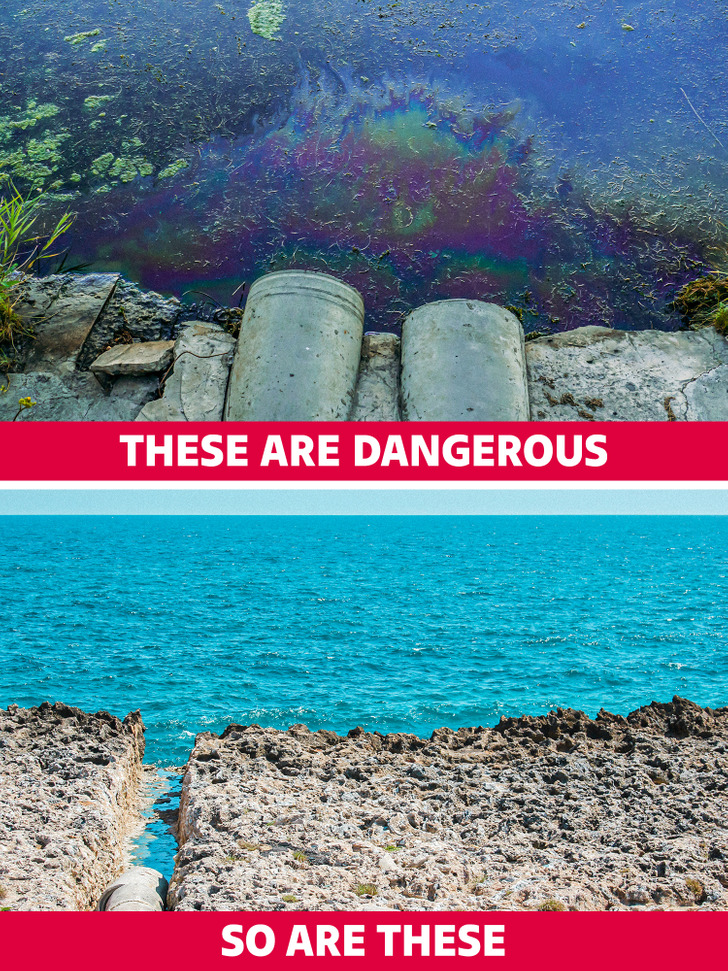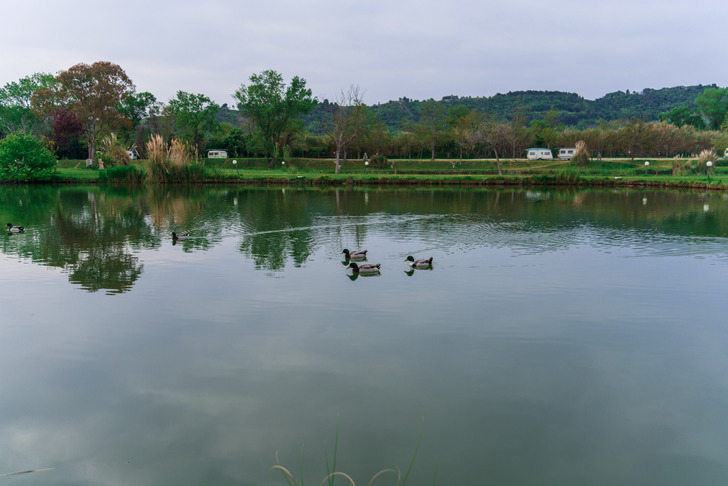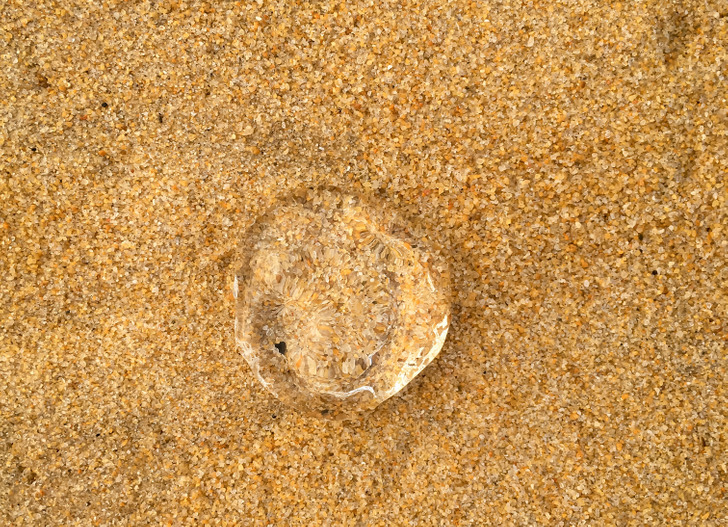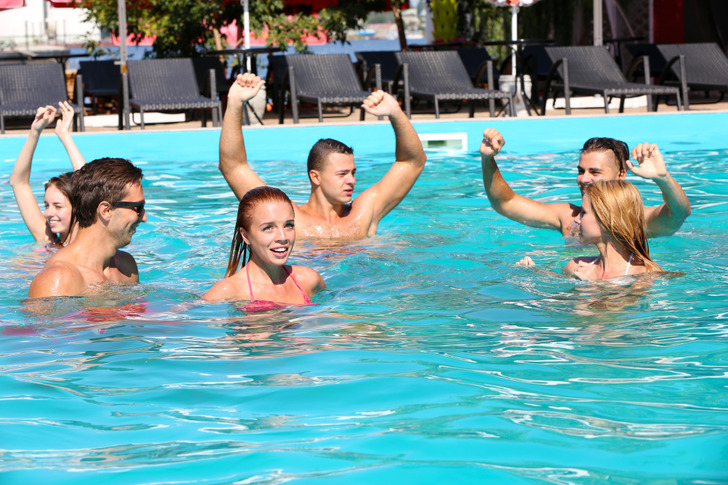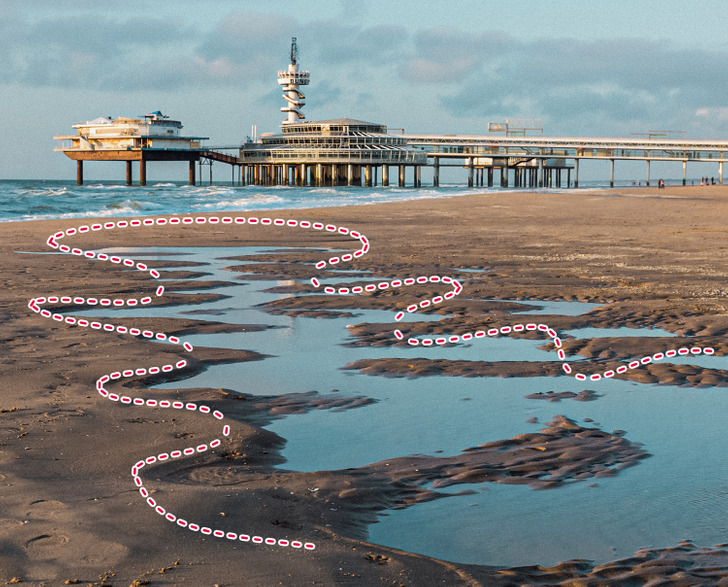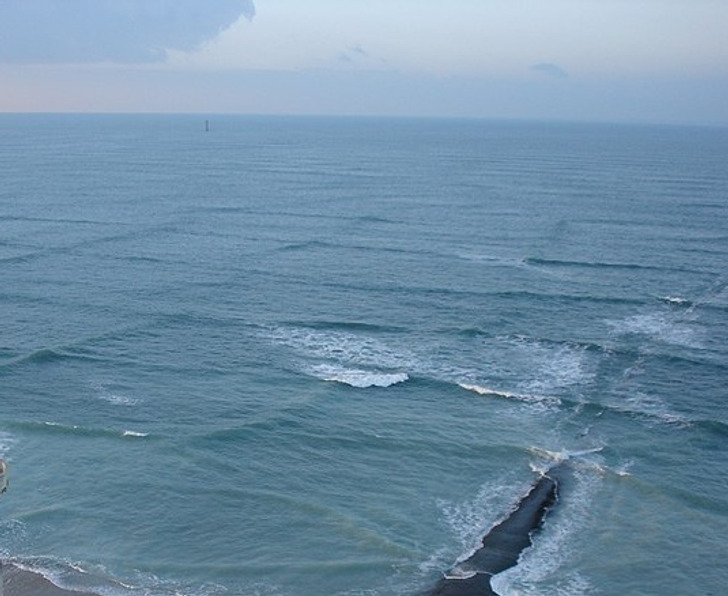12 Signs You Should Watch Out For Before Swimming in These Bodies of Water
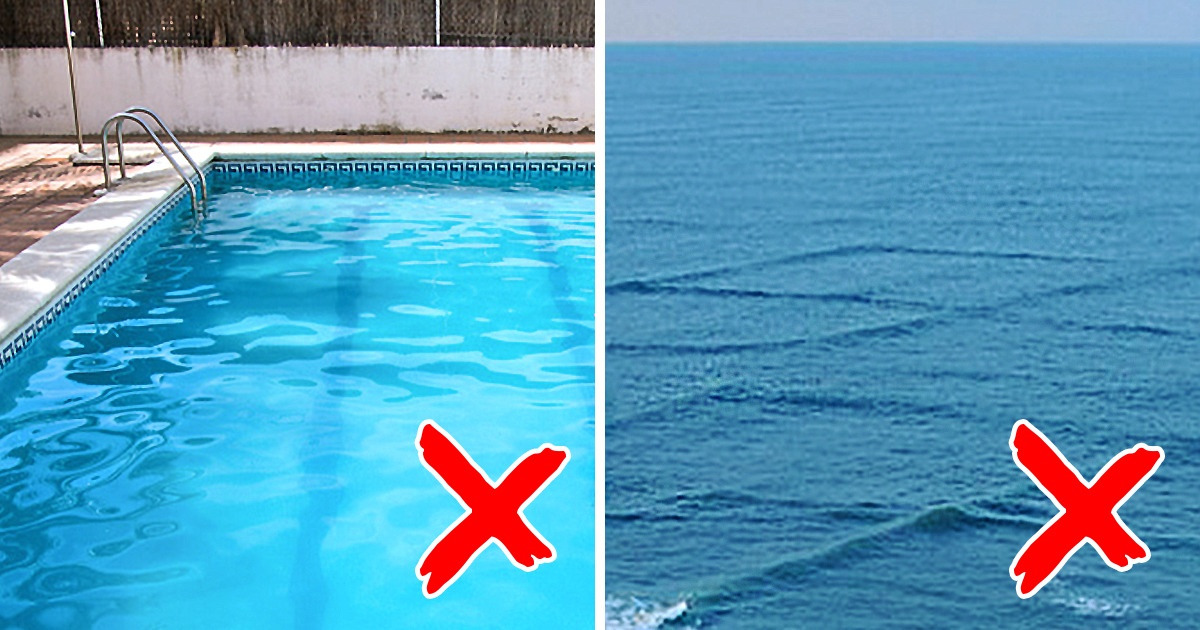
When it’s scorching outside, you can’t help but find yourself daydreaming about a refreshingly cool swim in the sea, a river, or a swimming pool. But before diving into a natural, or artificial, body of water, you should always first make sure that it’s safe. For example, pay attention to the wave pattern, check the transparency of the water and glance over the surroundings.
Here at CHEERY, we’ve done our research to find out when it is best to stay away from certain bodies of water, even if you’re an excellent swimmer.
An abundance of algae
In a body of water with little to no current, there’s a high chance of algae overgrowth. If you go for a swim while it’s blooming, you risk getting ill, especially if the water accidentally get into your mouth. Blue-green algae, or cyanobacteria, is the most dangerous. Effects of poisoning can vary, including abdominal pain, nausea, diarrhoea, irritation of skin and mucous membranes, fever, dizziness and weakness.
A confluence of rivers
A confluence of two rivers is a dangerous place to go for a swim. Since their currents can vary in speed, entering a slow-moving body of water can cause you to lose control when it suddenly changes direction. An encounter with this type of waters can turn troublesome very quickly even for physically fit people, not to mention those, who might not be avid gym-goers.
Nearby pastures
A pasture or farm in the surrounding area is another sign that a body of water is unsafe. This is because in the presence of a large number of animals, their waste can end up in the water, which can be dangerous if accidentally consumed.
Rip current
The main danger of this current is that it occurs very close to the shore. So you might, as you go into the water, suddenly find yourself in the midst of an insidious whirlpool.
You should STOP if:
- A strip of turbulent water appears perpendicular to the shore;
- A patch of water near the shore is different in colour from the rest of the surface water;
- Foam is quickly flowing away from the shore into the sea;
- There are waves all along the shore, except for one section, that could be several feet in length.
Still, if you happen to get caught in a rip current, you need to know what to do: you shouldn’t try to swim against it. Instead, keep swimming parallel to the shore until you manage to get out of the area. Alternatively, call for help immediately.
Murky water
If the pool water is opaque, it’s best not to go in. Even if you can smell chlorine, it’s not a guarantee of safety. Murkiness indicates poor maintenance and poor visibility is a threat in itself: you may not see what, or who, is in the deep water. You should especially avoid such pools in places where many people go swimming, as you can catch E. coli or a urinary tract infection.
Beach flags
You should always pay attention to the beach warning flags that have been placed there by the local authorities. Each colour has a specific meaning: green means it’s safe to swim, yellow and red — moderate and high surf and/or strong currents, respectively, blue/purple — there’s dangerous marine life around.
If you’re not sure about the meaning of the flag, it’s best to look for an informative sign, or ask a lifeguard.
Pipes, leading into the body of water
If there are suspicious pipes in the water, this should also be a red flag to anyone wishing to go for a swim. Even if nothing is pouring out of them at that moment, there is no guarantee that it didn’t happen, say, yesterday. A body of water where waste is discharged can be a serious health hazard, as dirty water entering the gastrointestinal tract and coming into contact with the skin often leads to infections and poisoning.
Many water birds
If geese, ducks, swans or seagulls have taken up residence in a body of water, you should also think twice before swimming. Usually, where there are birds, there are snails present as well. The latter, in turn, can spread cercariasis, a disease that manifests itself as allergic dermatitis (itching and rashes on the skin).
Pieces of jellyfish on the shore
When in and around water, you should not only watch out for currents, but also for what lives in them. For example, jellyfish. If you spot any, no matter how tiny, on the beach, it’s best not to go swimming. This is because various other dangers, such as the Irukandji jellyfish, may also be lurking nearby.
Very warm water
The optimum water temperature for swimming in is 77-82°F. If it’s too warm, it’s not safe to do so. In hot weather, a pool, a pond or a river that’s too hot is a breeding ground for harmful germs, where they can multiply at an accelerated rate. Therefore, the risk of catching something after taking a dip is very high.
A body of water just after the rain
The idea of swimming in a cool pond immediately after a heavy rain may seem great, but it’s not. That’s because the rainwater washes up a lot of pollutants from the surrounding area into these. bodies of water. Bacteria and waste can be found there too. Such a toxic “cocktail” can very easily be detrimental to your health.
Square waves
If there’s a pattern of square, or rectangle, waves on the surface of the water, this is called a “cross sea”. Although truly beautiful, it’s extremely dangerous. It occurs when the current pulls the water in one direction, while the wind pulls it in another. Even boats and motorboats are no match for such waves, not to mention a person. Therefore, you should NOT approach the water if you notice them.
What safety checks are at the top of your list, before diving in?
